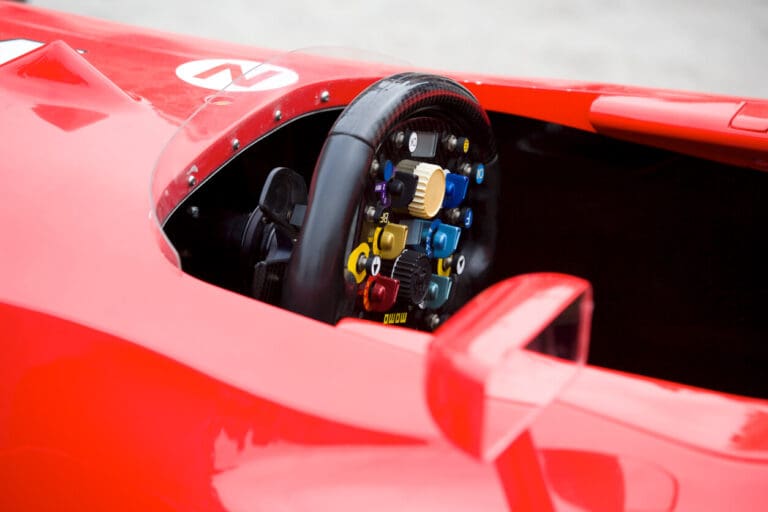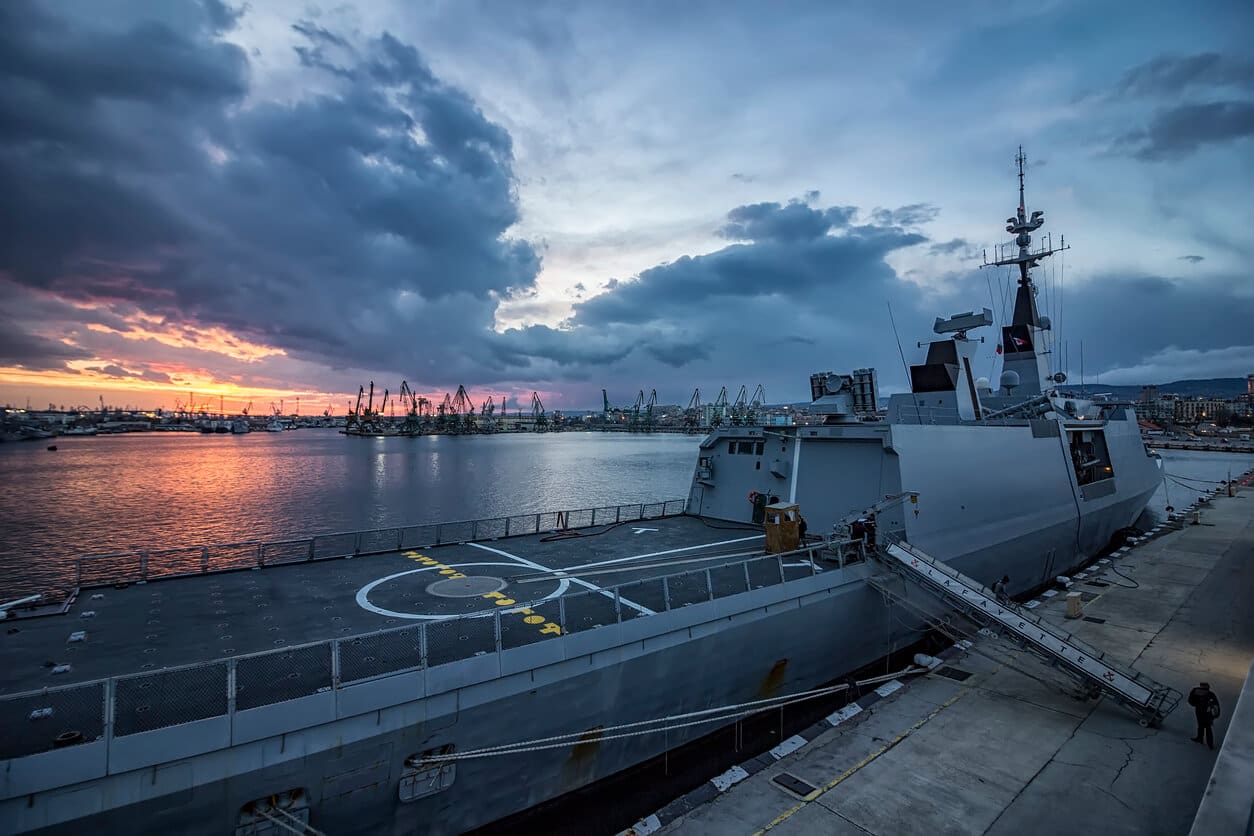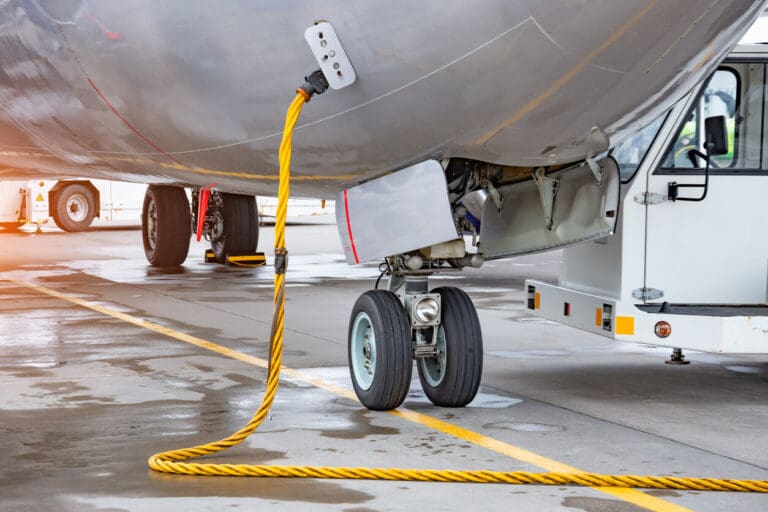
Are Motorsport Cables the Hidden Upgrade Behind Faster Lap Times?
Motorsport teams chase marginal gains in every area of the car, yet many still treat...
Read More
Marine cables have a vital role to play in global communications. They’re unseen and often ignored, which means they are easy to forget about. However, without these essential cables, our daily lives simply wouldn’t be the same, as they are crucial for everything related to telecoms, whether that is government communication or home internet. It’s fair to say that marine cables are the unsung heroes of oceanic communication.
They are cables that sit on the ocean floor connecting up countries. Most are as wide as a garden hose and are a simple, but incredibly effective, way to enable telecommunication. Today, most marine cables use fibre optic technology, as this is the most effective communications option. This works by lasers firing at rapid rates down very thin glass fibres to receptors at the other end of the cable. The filaments that carry these rapid fire light signals are incredibly thin, just the width of a human hair. They are protected from the elements by being wrapped in plastic and may also have an outer coating of steel wire, as well as many layers of insulation and protection.
They lay on the ocean floor. There are more than 400 marine cables in service all over the world (more than a million kilometres in total) but that number is constantly changing as demand for more cables continues to increase. Deep sea cables tend to lay on the ocean floor itself but when they get closer to the shore they are buried – that’s why you’ll never see marine cables when you’re at the beach. When cables are being laid there is a complex process that needs to be followed to ensure that they aren’t in fault zones, fishing areas etc. This is to avoid disruption and also to minimise the potential for damage to the cables themselves. The location of marine cables is a really important part of this – that’s why the marine cable industry spends so long educating others on marine cables and where they are.
Today they are predominantly used to carry the internet. Most internet providers use marine cables to help deliver their services all over the world – without these cables access to services in some locations simply wouldn’t be possible. Other organisations and institutions that are reliant on marine cables include governments, multinational companies and research organisations. Cables have surpassed satellites as an option for this because they can simply carry more data. The marine cables that have been laid over the past few years can carry a lot more data than those that were installed 15 years ago. The newest marine cable, for example, can carry 160 Tbps.
Marine cables are unseen but essential for global communication. They are simple, and yet incredibly effective, when it comes to ensuring that we can make contact across continents. Without marine cables the world would be a very different – and less connected – place indeed. At GEM Cable we are AS9100D & BS EN ISO 9001:2015 and ISO 14001-2015 certified UK manufacturers of bespoke cable assemblies, control boxes, harnesses, wiring looms, panels, fibre optic products and total network solutions.

Motorsport teams chase marginal gains in every area of the car, yet many still treat...
Read More
The wiring harness is a high-risk single point of failure in any complex system. If...
Read More
The wiring harness is the highest risk, lowest profile element in flight-critical infrastructure. When your...
Read MoreReady to talk cables, fibre or full network solutions? Get in touch with our team today, we’re here to help.